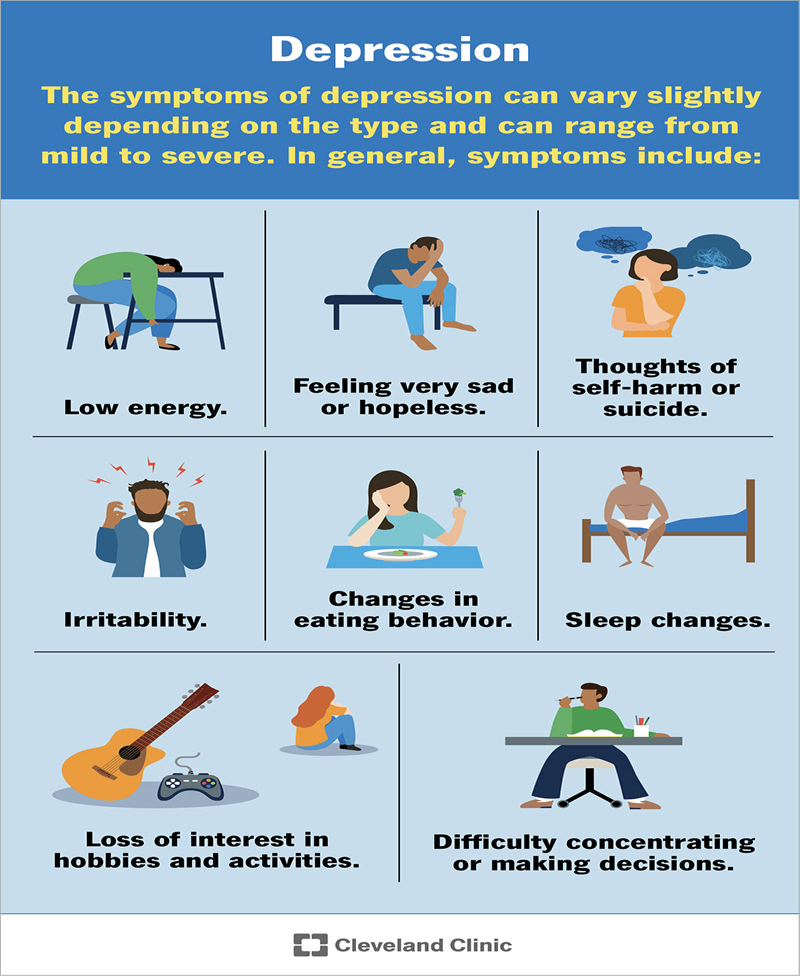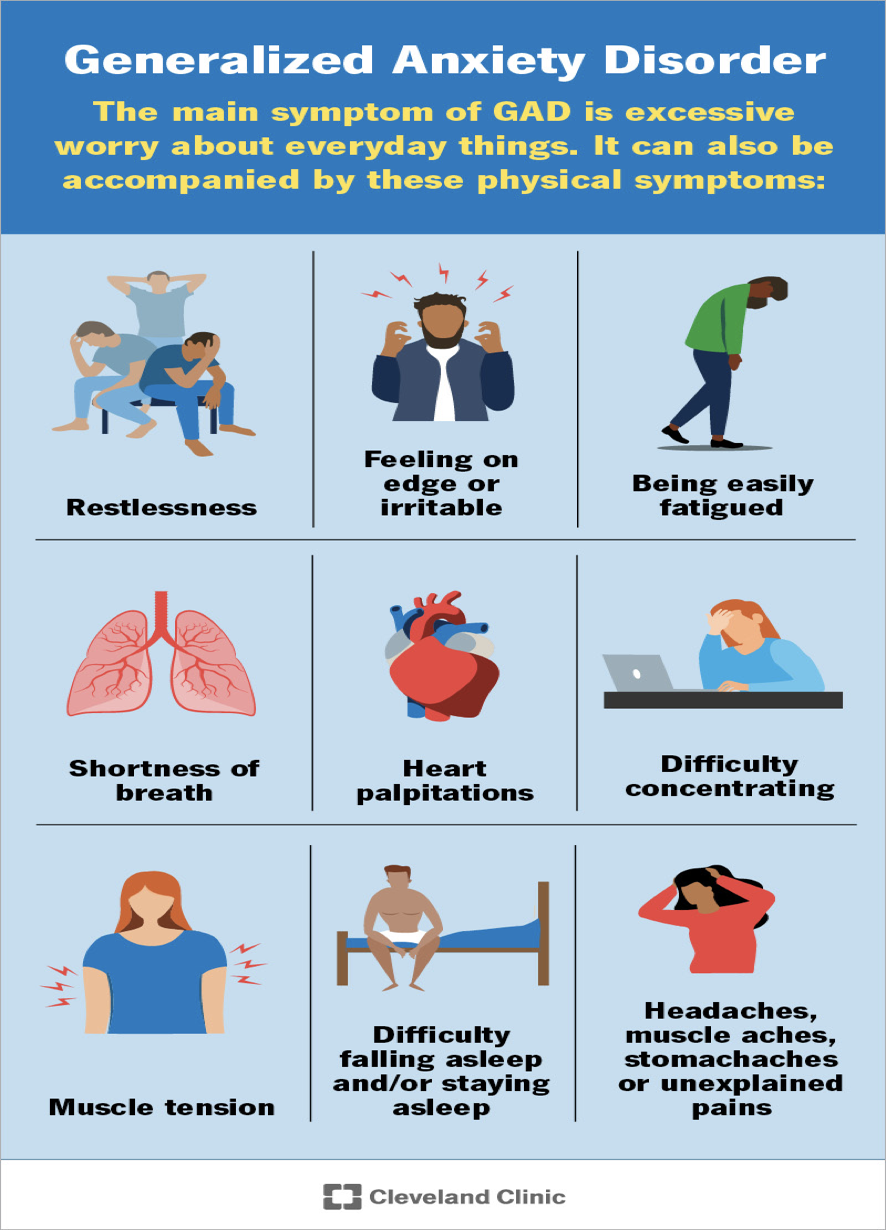
Introduction: Why Talking About Depression and Anxiety Matters
Imagine sitting in a classroom, office, or even your own home, surrounded by people but feeling completely alone. Your body is present, but your mind is drowning in thoughts you can’t control—regrets about yesterday, fears of tomorrow, or worries about whether you’re good enough.
That’s the reality for millions living with depression and anxiety. According to the World Health Organization, depression affects over 280 million people worldwide, while anxiety disorders affect over 300 million. These conditions are not rare; they are common, real, and impact students, professionals, career changers, and even those who work in mental health fields themselves.
But here’s the hopeful part: Your mind is not broken. Think of it as a blank whiteboard. Sometimes painful, anxious, or negative thoughts get written on it. They may look permanent, but with compassion, practice, and the right tools, you can gently wipe them away and rewrite your story.
What is Depression? Understanding the Basics
Depression is more than just “feeling sad.” It is a persistent mental health condition that impacts emotions, thinking, and daily functioning. A person with depression may struggle to get out of bed, lose interest in things they once loved, and feel weighed down by hopelessness.
Some of the most common symptoms include:
- Persistent sadness or emptiness
- Loss of interest in activities once enjoyed
- Fatigue or low energy
- Difficulty concentrating or making decisions
- Changes in appetite or sleep
- Feelings of worthlessness or guilt
- Thoughts of death or suicide
There are also different forms of depression, such as Major Depressive Disorder (severe episodes lasting at least two weeks Persistent Depressive Disorder (long-term but milder), Seasonal Affective Disorder (linked to seasons), and Postpartum Depression (affecting new mothers).

What is Anxiety? More Than Just Worry
Anxiety is a natural response to stress, but when it becomes constant, uncontrollable, and overwhelming, it develops into an anxiety disorder. Unlike ordinary nervousness, anxiety is persistent and interferes with daily life.
Some common symptoms of anxiety include:
- Rapid heartbeat, sweating, trembling
- Restlessness or irritability
- Racing thoughts or overthinking
- Difficulty sleeping
- Avoidance of feared situations
Types of anxiety disorders include Generalized Anxiety Disorder (GAD), Social Anxiety Disorder, Panic Disorder, and specific phobias. These affect not only how we feel but also how we show up in school, work, and relationships.
How Depression and Anxiety Intersect
Many people experience both depression and anxiety at the same time. Depression often brings hopelessness, which fuels anxiety about the future. At the same time, anxiety creates constant worry and exhaustion, which can lead to depression.
For example, a young professional may feel hopeless about career growth (depression) while constantly fearing job loss (anxiety). Understanding this overlap is important for effective treatment.
Root Causes: Why Do We Experience Depression and Anxiety?
There is no single cause of depression or anxiety. Instead, these conditions develop from a combination of biological, psychological, and social factors.
- Biological: Genetics, family history, and brain chemistry.
- Psychological: Perfectionism, negative thought patterns, unresolved trauma.
- Social & Environmental: Academic pressure, workplace stress, financial worries, social isolation.
- Modern Triggers: Social media comparisons, pandemic-related uncertainty, and global economic stress.
Sometimes these experiences write painful words on our mental whiteboard, but with care and awareness, we can choose to erase them.
The Science of the Brain and Mindsets
The human brain is capable of change through a process called neuroplasticity. This means our thought patterns are not fixed; they can be reshaped with new habits, therapies, and practices.
Developing a growth mindset is a key tool in managing depression and anxiety. Instead of thinking, “I’ll always feel this way,” a growth mindset shifts thinking to “I can learn to manage and heal.”
Practices like mindfulness help us pause, observe, and gently “wipe the board clean,” making space for compassion and new possibilities.
Signs You Shouldn’t Ignore
Depression and anxiety can look different depending on the stage of life, but there are common warning signs that should not be overlooked.
- For students: Declining grades, skipping classes, or withdrawing from friends.
- For professionals: Constant fatigue, low productivity, or irritability.
- For career changers: Persistent fear of failure or avoiding opportunities.
- For counsellors and therapists: Burnout, compassion fatigue, or emotional exhaustion.
Red flags such as suicidal thoughts, self-harm, or complete withdrawal require immediate help.

Healthy Coping Strategies: Wiping the Board Clean
While recovery looks different for everyone, there are strategies that help manage depression and anxiety in healthy ways.
- Mindfulness & Meditation: Practice daily breathing and grounding exercises.
- Journaling: Write down intrusive thoughts, then reframe them with positive alternatives.
- Exercise & Lifestyle: Incorporate physical activity, healthy eating, and proper sleep.
- Connection: Speak with trusted friends, family, or support groups.
- Self-Compassion: Replace self-criticism with kindness, as you would with a close friend.
Small, consistent steps can create lasting change.
Professional Help: When and Where to Seek Support
Sometimes coping strategies alone are not enough, and professional support is necessary.
- Therapies: Cognitive Behavioural Therapy (CBT), Person-centred Therapy, and Mindfulness-Based Stress Reduction are proven approaches.
- Medication: Prescribed for moderate to severe cases by psychiatrists.
- School/Workplace Support: Many institutions now offer counsellors or wellness programs.
- Helplines: In India, organizations like AASRA and the Vandervalk Foundation offer free support. Globally, helplines such as the Suicide Prevention Lifeline are available.
Seeking help is not weakness—it is courage.
Role of Counsellors, Educators, and Leaders
Creating supportive environments is everyone’s responsibility.
- Teachers can foster safe, stigma-free classrooms.
- Managers can promote openness, provide mental health resources, and avoid toxic practices.
- Counsellors and therapists can guide individuals in reframing negative thoughts.
- Social workers and community leaders can raise awareness at larger scales.
Together, these roles build cultures of empathy and safety.
Building a Growth Mindset Towards Mental Health
A growth mindset shifts how we relate to challenges: instead of viewing setbacks as permanent, we see them as opportunities to learn.
This can be applied daily:
- Celebrate small wins, like completing a task or reaching out for support.
- Normalize setbacks, understanding healing is not linear.
- Use the whiteboard practice: consciously erase one negative thought and write a compassionate replacement.
With practice, this becomes a powerful tool for resilience.
Breaking the Stigma Around Depression and Anxiety
One of the greatest barriers to healing is stigma. Myths like “only weak people get depressed” or “anxiety is all in your head” stop people from seeking help.
The truth is anyone can experience mental health challenges, and recovery is possible. Open conversations, awareness campaigns, and shared stories are crucial in breaking this cycle of silence.
Inspiring Stories of Recovery
Across the world, individuals overcome depression and anxiety every day. A student learns to manage exam anxiety through mindfulness and counselling. A professional rebuilds confidence after workplace burnout. A counsellor prioritizes self-care to prevent compassion fatigue.
These stories remind us: recovery is not just possible—it’s happening all the time.
Conclusion: Choosing Compassion Every Day
Depression and anxiety are not signs of weakness—they are signs of being human.
Your mind is a whiteboard, and while negative thoughts may be written on it, they are not permanent. With compassion, support, and persistence, you can erase what doesn’t serve you and create space for healing and growth.
You are not your depression or your anxiety. You are the author of what stays written on your whiteboard.